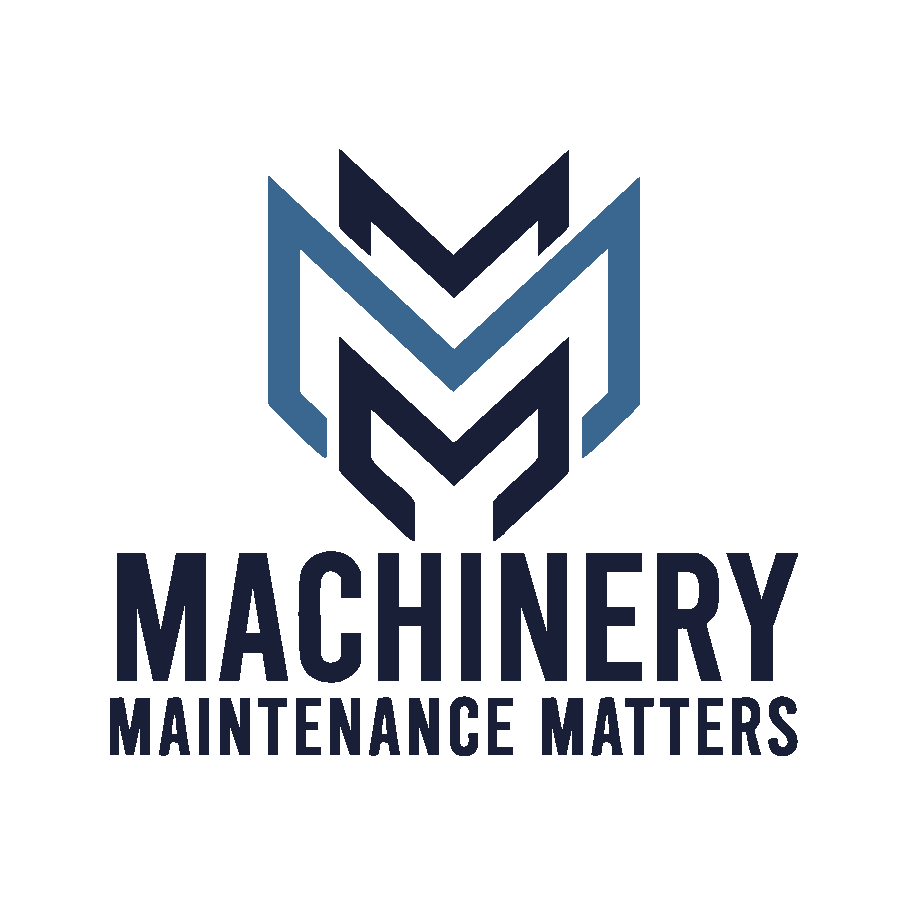Transformers rarely fail without warning: oil tests indicate problems early on. Unfortunately, as human behaviour goes, the petrochemical industry is no exception — oil tests are ignored until a transformer fails, halting critical operations. That’s where WearCheck steps in: its advanced oil analysis helps detect hidden faults early, preventing costly downtime and keeping Africa’s industries running strong.
Transformers are the quiet workhorses of energy supply at the heart of Africa’s industrial and petrochemical operations. These assets underpin critical infrastructure, yet their reliability is often taken for granted — until a failure occurs.
One of the earliest warning signs of transformer distress can be found through the insulating oil. Changes in oil quality signal degradation or contamination long before catastrophic breakdowns, but too often these early signs are overlooked, misinterpreted, or ignored.
WearCheck, South Africa’s leading condition monitoring specialist, has developed a thorough transformer oil analysis service designed to identify and interpret these changes. By combining cutting-edge technology, scientific expertise, and decades of diagnostic experience in used oil analysis to determine transformer condition, WearCheck helps operators extend transformer lifespans and reduce costly unplanned outages.
The silent signs of oil failure
Transformer oil performs a dual role: insulating electrical components and dissipating heat. Over time, exposure to high temperatures, electrical stress, and environmental contamination leads to chemical and physical changes in the oil.
Common indicators of deterioration that are revealed in transformer oil analysis, include increased moisture content (this accelerates paper insulation ageing and reduces dielectric strength), dissolved gases such as hydrogen, methane, ethane, ethylene and acetylene — each pointing to specific fault types like overheating or arcing, declining interfacial tension and dielectric breakdown voltage (signalling reduced insulating ability) and rising acidity — contributing to sludge formation, corrosion, and impaired cooling.
These markers often appear gradually, and without regular, expert analysis they can remain undetected. The consequences are severe: reduced transformer efficiency, escalating fault risk, and in worst cases, catastrophic failure that halts production and compromises safety.

Precision in every drop: senior analytical chemist, Lynette Pillay, uses High Performance Liquid Chromatography (HPLC) to detect trace degradation products in transformer oil – providing early warnings of insulation ageing and hidden faults, operates at WearCheck’s Durban transformer laboratory.
Why are the warning signs still missed?
Despite evidence linking oil degradation to transformer unreliability, the challenge remains widespread. Many operators still treat oil testing as a tick-box exercise, focusing on compliance rather than insight. Limitations in the methods used contribute to the problem:
· Basic screening only: some service providers run minimal tests that detect broad trends but fail to uncover subtle anomalies.
· One-size-fits-all interpretation: transformer fleets vary widely in age, design, and operational context; applying generic benchmarks risks missing critical, asset-specific red flags.
· Slow turnaround: delays in testing and reporting reduce the opportunity to act before conditions worsen.
· Limited expertise: data without interpretation is of little value; experienced analysts are essential to translate results into actionable maintenance.
As a result, too many transformers are left vulnerable to silent deterioration that could have been prevented with a more thorough approach.
WearCheck’s comprehensive transformer oil analysis approach
Transformer division manager for WearCheck, Gert Nel, recognises that no two transformers — or clients — are alike. ‘To this end, we have built our transformer condition monitoring services around customisation, depth, and actionable insight,’ he says.
‘We have introduced bespoke features into the programme to ensure that our transformer clients receive highly accurate test results as fast as possible, enabling them to make critical maintenance decisions timeously.’
WearCheck’s world-class transformer oil monitoring programmes include:
· Tailored diagnostics: each transformer is assessed within the context of its operating environment, history, and criticality. WearCheck avoids cookie-cutter reporting in favour of nuanced interpretation. Nel explains, “We do not just use a one-size-fits-all lab report – instead, we interpret the results and explain what the numbers mean for each client’s transformer or operation. Some of the questions we take into account when giving our tailored advice are these – is it old or new? What industry is it serving (petrochemical, mining, utilities)? Is it in a humid coastal environment or a dry inland one? What’s the operating history and criticality of the asset?
· Expanded test suites: beyond the basics, WearCheck employs dissolved gas analysis (DGA), furan analysis for paper insulation ageing, and advanced screening of trace anomalies.
· Trend-based monitoring: rather than treating each oil sample in isolation, WearCheck develops a longitudinal profile, identifying patterns invisible in single tests.
· Rapid turnaround: with three laboratories strategically located across South Africa (Durban, Cape Town and Johannesburg), results are delivered quickly, enabling proactive maintenance.
· Clear communication: transformer oil analysis reports highlight not only the “what?” but the “why?” and “what next?”, empowering operators to act decisively.
Special tools and technical know-how
At the core of WearCheck’s service is a blend of technology and human expertise. Nel outlines some of WearCheck’s innovations and capabilities, “Our state-of-the-art chromatography allows for precise measurement of dissolved gases and oil chemistry. We use moisture analysis tools that detect even minute water ingress, which is criticalfor avoiding insulation breakdown. Our proprietary diagnostic models are built from decades of transformer data, that enhances interpretation accuracy.
“Furthermore, our expert analysts have both chemical and engineering backgrounds – this ensures that results are contextualised, not just tabulated.
“We find that this integrated approach enables WearCheck to go beyond surface-level data, uncovering hidden risks and offering targeted recommendations,” says Nel.

In WearCheck’s Durban laboratory, transformer lab technician, Zamaswazi Dlamini, operates a gas chromatograph – a vital tool for detecting dissolved gases that reveal early signs of transformer faults.
Guidance for petrochemical and industrial operators
For petrochemical companies and heavy industries across Africa, transformer reliability is not just an operational concern but a strategic imperative. Energy interruptions carry immense costs in lost production, safety risk, and reputational damage.
To maintain a transformer in peak condition, Nel urges operators to take these steps:
1. Test regularly – oil analysis should be a scheduled part of condition monitoring, not an occasional exercise.
2. Look deeper – ensure that test suites cover dissolved gas analysis, acidity, interfacial tension, and furan content, not just surface parameters.
3. Seek expert interpretation – partner with a provider that explains anomalies in the context of your specific transformers.
4. Act promptly – treat flagged anomalies as opportunities to prevent failure, not as paperwork to file.
5. Choose a partner, not just a lab – opt for a provider like WearCheck that offers professional diagnostic support, decades of experience, consultation, and integration into your broader maintenance strategy.
Why partner with WearCheck?
With nearly 50 years’ experience in condition monitoring, WearCheck has become synonymous with reliability across industries in Africa and beyond. From mining to petrochemicals to power generation, the company has helped extend asset lifespans, reduce unplanned downtime, and cut maintenance costs.
WearCheck’s transformer oil analysis programme offers unrivalled benefits, including customised programmes tailored to each fleet and operational environment, technical support from experienced engineers and chemists, advanced tools that detect anomalies that are often missed by standard tests, and educational engagement, training clients’ teams to interpret and act on results.
As Nel notes, “Transformers rarely fail without warning – the oil usually tells the story first. At WearCheck, our mission is to ensure our clients never miss those signs. By combining cutting-edge technology with seasoned interpretation, we help Africa’s industries keep the lights on, literally and figuratively.”
“In an era of tightening margins and intensifying demand, reliability is everything. Transformer condition monitoring, centred on thorough oil analysis, is not optional – it is essential. The cost of ignoring subtle signs of degradation far outweighs the investment in proactive diagnostics.
“For Africa’s petrochemical, industrial, and power sectors, WearCheck offers more than testing: it offers partnership, insight, and peace of mind. In transformers, as in business, the strongest foundations are built on vigilance and foresight.”
Many industries use WearCheck’s services to keep tabs on the condition of their assets, including operations involved in mining, construction, engineering, industrial, power generation, transport, shipping, aviation and renewable energy sectors.
With a network of 16 world-class laboratories around Africa and beyond, WearCheck is well positioned to help clients across multiple sectors to ensure that their assets are operating at peak performance, and productivity is enhanced through reduced machine failures, thereby minimising maintenance costs.






